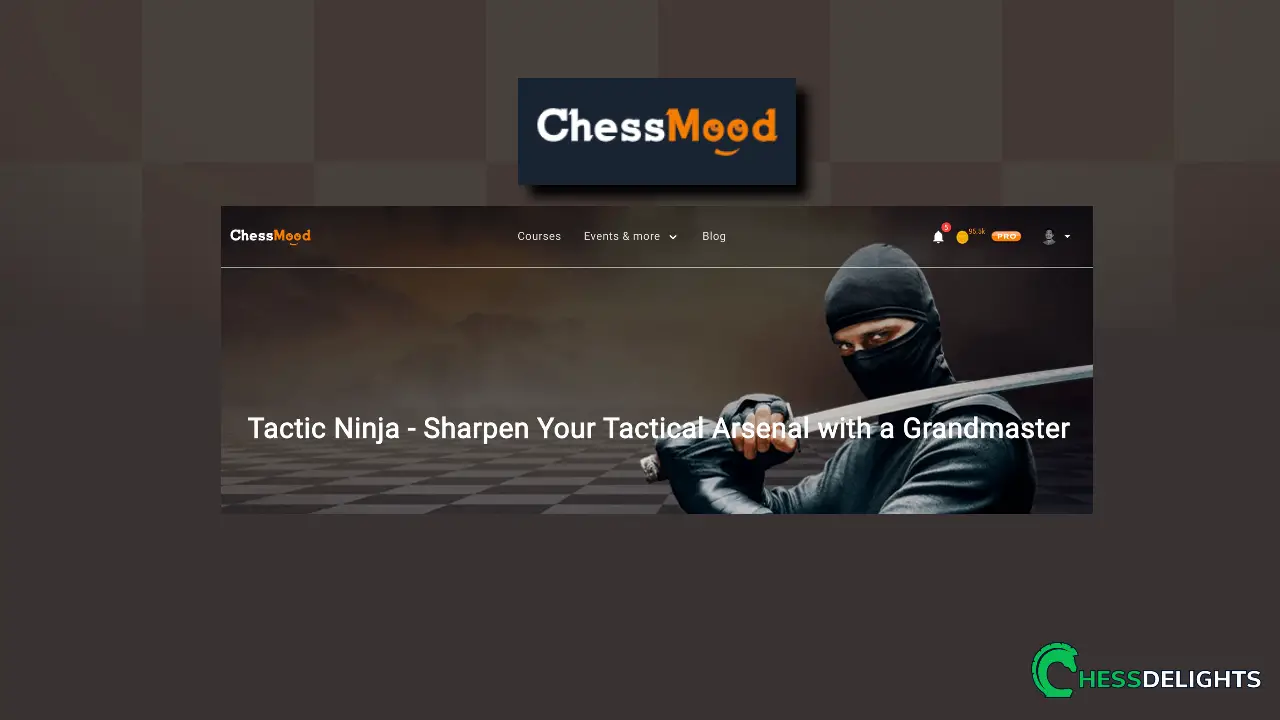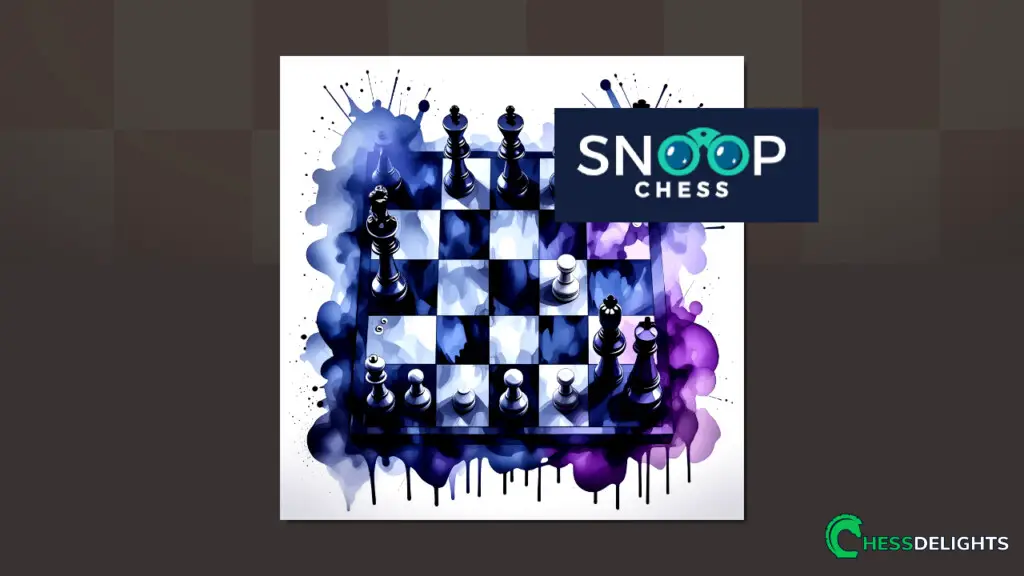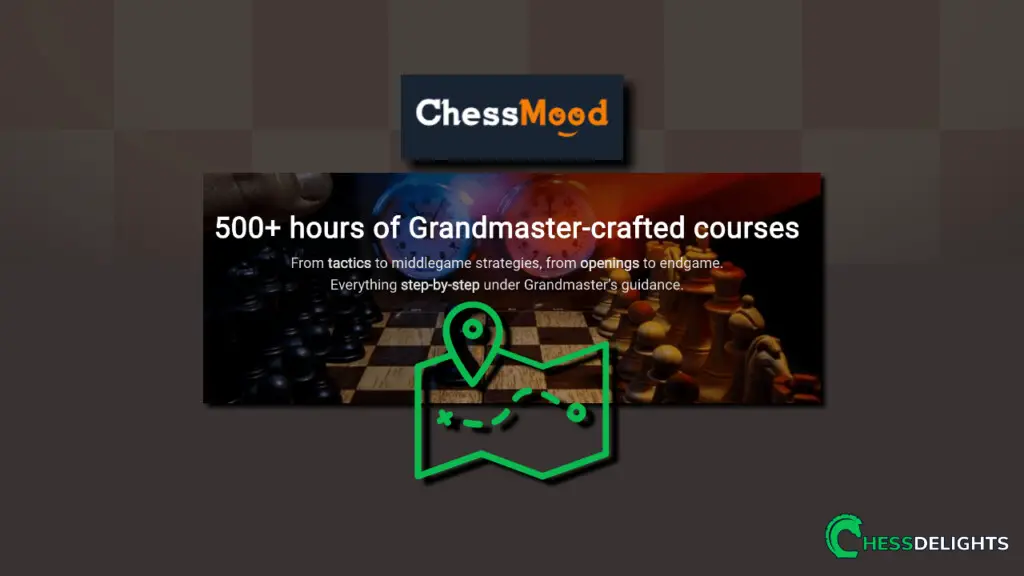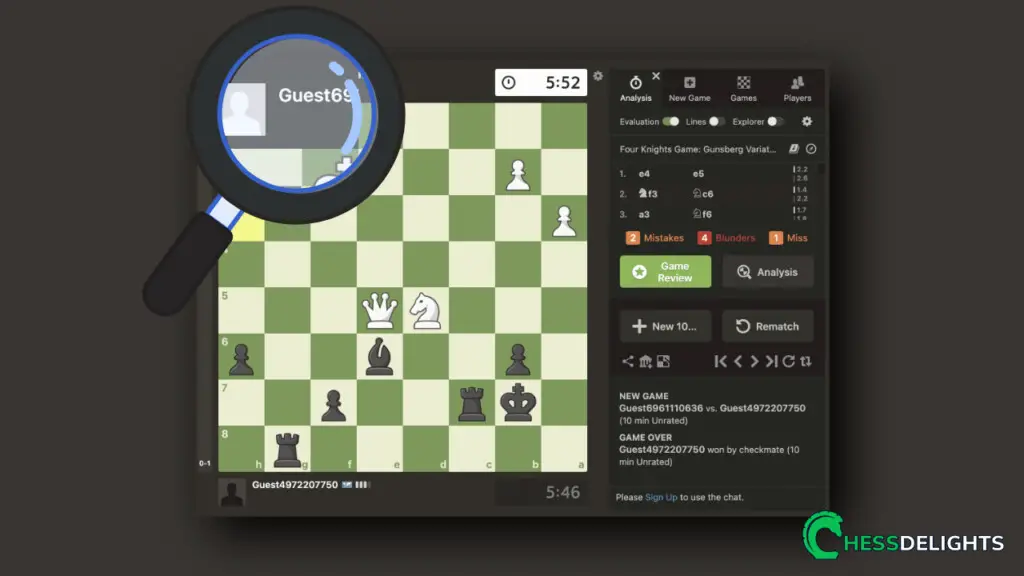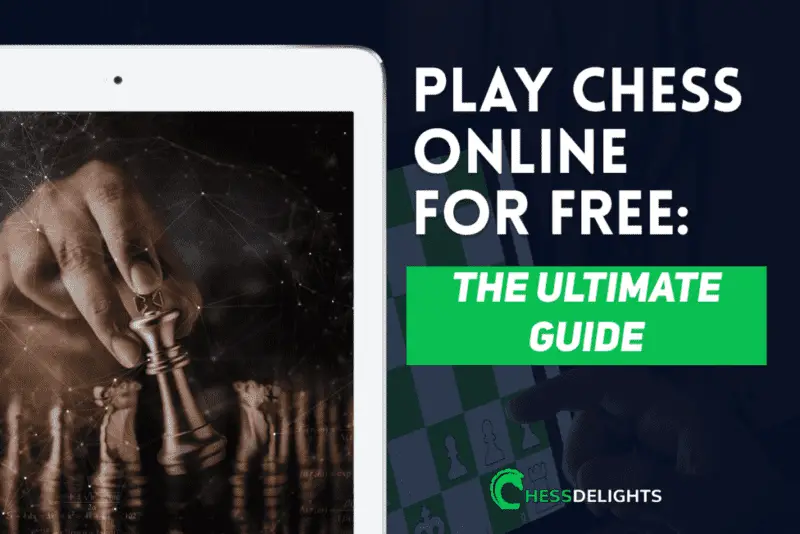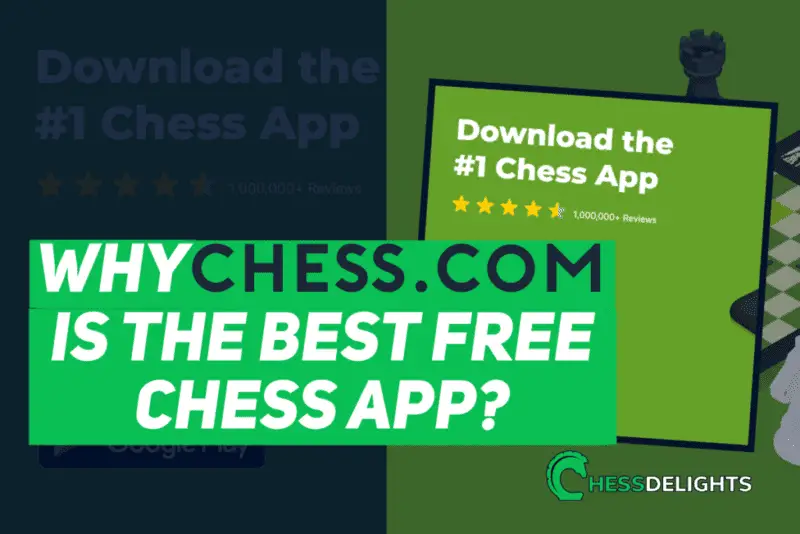ChessMood is an online platform that offers multiple chess courses and resources for players of all levels. The platform's website ChessMood.com provides access to various courses that cover different aspects of the game, from fundamental concepts to more complex maneuvers.
Many users have shared their success stories on the website, such as William Graif, indicating the platform's effectiveness. Moreover, some chess enthusiasts provide mixed user opinions, with some users appreciating the platform's comprehensive content and others suggesting improvements, primarily in terms of pricing.
A comparison between ChessMood and Chessable also offers valuable insights. Overall, ChessMood seems to be a resourceful platform for chess enthusiasts, but its value may vary based on individual learning needs and budget considerations.
Table of Contents
Must-Know Classical Games

Chessmood offers a set of three courses devoted to 300 must-know classical games. These courses are intended to provide players with a solid foundation in game strategy by dissecting the moves made in historical games.
As an avid chess player, I believe classical games are the bedrock of any player's strategy repertoire. I remember the first time I learned about the famous game between Donald Byrne and Bobby Fischer, also known as “The Game of the Century“.
Analyzing the unexpected moves and clever strategies used by Fischer was an eye-opening experience. It added a new dimension to my understanding of chess and improved my gameplay significantly. Chessmood's courses offer this same opportunity to players, allowing them to learn from the best and the most iconic games in chess history.
Recommended Reading: If you want to know where's the best platform to learn chess from Grandmasters, read this guide.
Middlegame and Endgame Courses
In addition to the classical games, Chessmood also offers six courses each on different middlegame and endgame topics. These courses are intended to help players improve their strategic thinking and decision-making during the intermediate and end stages of a chess game.
The middlegame and endgame stages of chess are often where games are won or lost. I recall struggling with these stages when I first started playing chess. It was challenging to transition from the opening to the middlegame and then to plan for the endgame.

However, as I delved into Chessmood's middlegame and endgame courses, I found the concepts and strategies becoming clearer. The courses helped me understand the importance of pawn structure, piece positioning, and proper planning in these crucial stages.
However, not all of these courses are complete at the time of writing. Some are ongoing projects that are updated regularly. As such, it's an exciting opportunity for players like me to constantly learn and evolve our strategies as new content is added. I've found that these updates often provide fresh perspectives on the topics, making the learning experience dynamic and engaging.
Recommended reading: If you want to learn about is online chess learning better than reading books, check out this article.
Chessmood Tactics Ninja Course
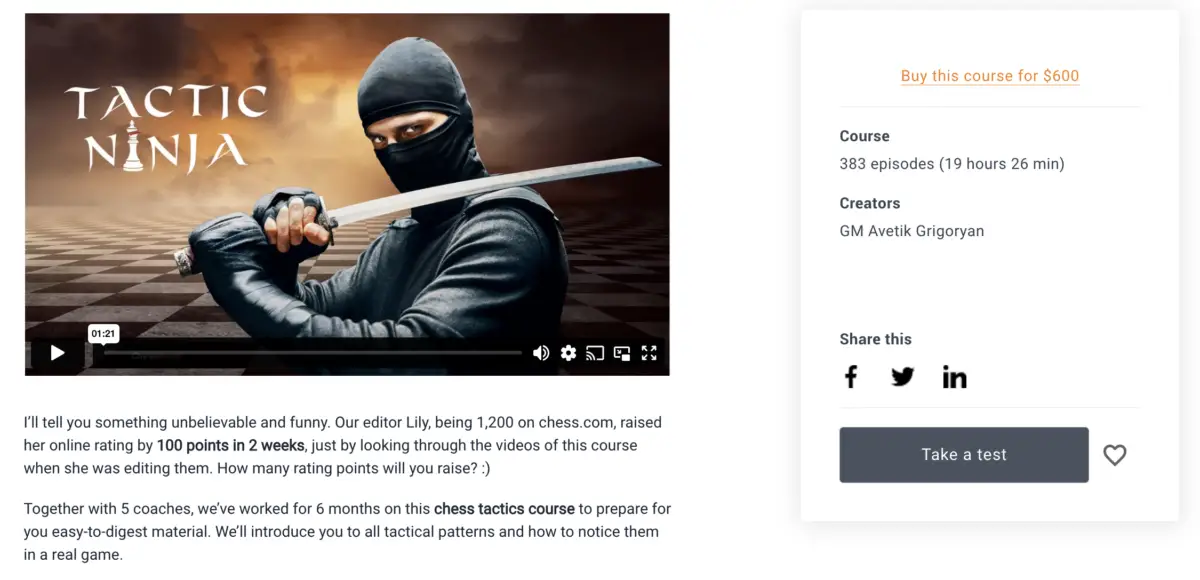
The Tactics Ninja course provided by Chessmood is aimed at helping players enhance their tactical skills. The effectiveness of this course, however, can be subjective depending on the player's specific needs.
Some players I've spoken to have criticized the course for its lack of depth in the analysis provided. In contrast, others have found the tactical exercises and scenarios presented to be quite helpful. I, myself, found the course to be somewhat beneficial but I did feel that the analysis could have been more detailed.
The pricing of the course is on the higher side, which might not be justifiable for everyone. Based on my own experience, I would advise potential users to consider their individual needs and budget before deciding to sign up for this course.
Pricing and Accessibility
In my personal experience with online learning platforms, I've found that pricing and accessibility can make or break the overall user experience. Chessmood is a great example of a platform that uses a subscription model to allow users to gain access to all of its courses. For $19.99 per month, you have the freedom to explore every course that the platform has to offer.
This is a feature that I truly appreciate, as it allows users to try out different courses and see which one suits their learning style and interests best. However, the downside to this model is that access to the courses only lasts as long as the subscription is active.
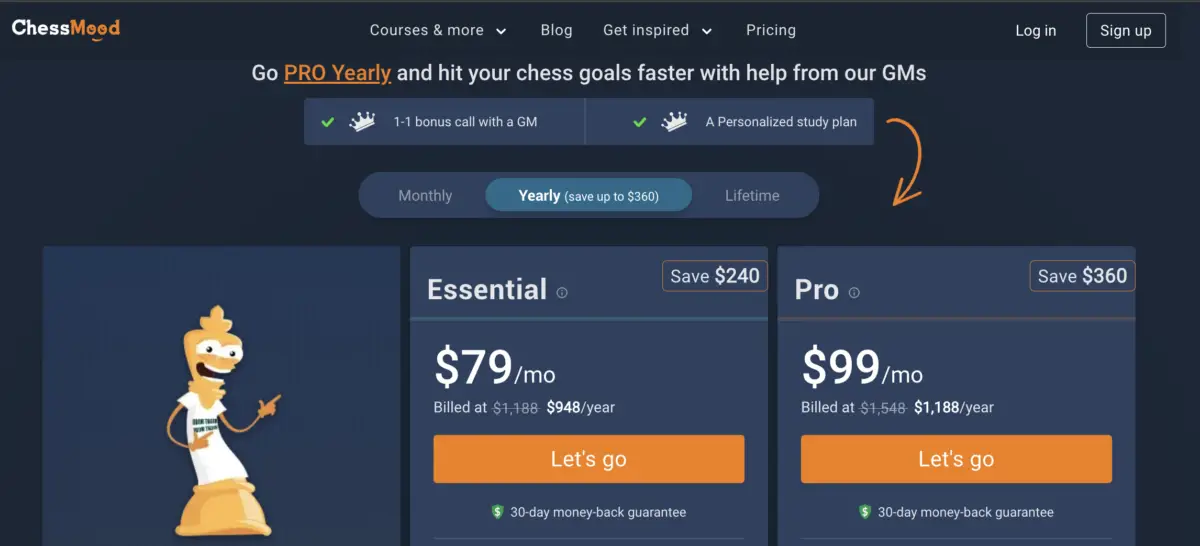
This means that if you cancel your subscription, you lose access to all the courses immediately. I recall a time when I was using another learning platform that also used a subscription model, I had to rush through some courses I was interested in because I knew my subscription was about to end.
This felt quite pressuring and the learning process was not as enjoyable. However, there's a lifetime offer where you can access all the courses for a one time fee which you can check here.
Another point to note is that individual courses can also be purchased at a higher price. This could be beneficial for those who are interested in only one or two courses and do not wish to pay for a monthly subscription. However, in my experience, the individual courses are usually priced quite high compared to the monthly subscription, making the subscription a more cost-effective option.
User Interface and Experience
The user interface and experience is another crucial aspect of any online platform. Chessmood's user interface can be somewhat problematic. Although all the courses are neatly presented on the courses page, the lack of a filter or search function can be quite frustrating.
This means that users have to manually scroll through the page until they find the course they're interested in. I remember using an online learning platform with a similar issue – the lack of a search function made it incredibly time-consuming to find the course I was looking for.
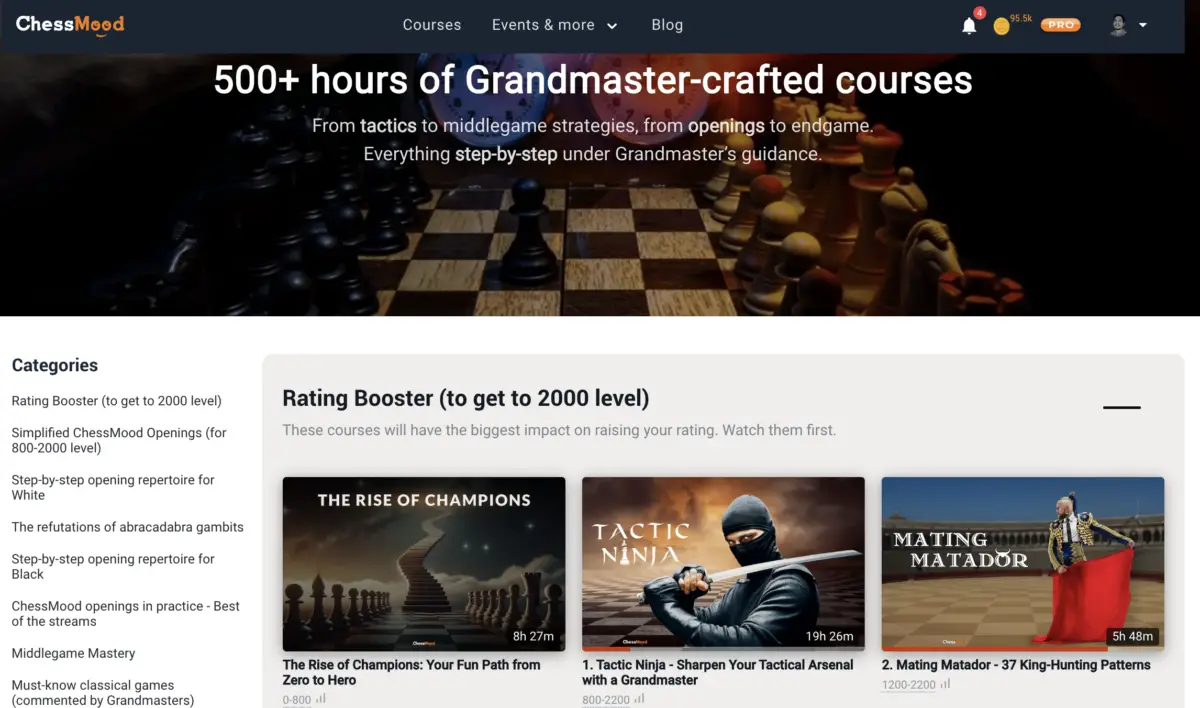
I had to scroll through hundreds of courses, which was not a pleasant user experience. It's a minor issue, but these little details can significantly impact the overall user experience.
While Chessmood offers a range of courses at a reasonable price, the user interface could use some improvement. A good user interface can enhance the overall user experience, making the learning process more enjoyable and efficient.
Recommended reading: If you want to learn how to play chess online, check out this article.
Quality of Content
In my experience with Chessmood's courses, I've found that despite occasional issues with the user interface, the quality of the content presented is generally good. The video lectures are well-structured, easy to follow, and the material is presented in a manner that is easy to digest.
However, as someone who believes in active learning, I do believe that the fact that the courses are only available in video format can be a limitation. For a game as complex as chess, learning can be more effective when it is interactive. Video-only content tends to encourage passive learning which may not be ideal for all learners.
For example, I recall watching one of the video courses and finding myself occasionally drifting off or losing focus. In contrast, during my personal chess study using books or interactive online tools, I've noticed I tend to be more engaged and retain information better.
Wrapping Up
Overall, Chessmood offers a decent amount of content at a fair price. I feel that the platform can be an excellent choice for beginners or those on a tight budget. However, for higher-rated players looking for in-depth analysis or more advanced studies, it may not be as appealing.
From my personal experience, I've found that the platform could benefit from having an interactive board during the lecture or text format. For instance, including written content could enhance the learning experience significantly. Therefore, anyone considering signing up should weigh these factors carefully.

